The solution to decreasing content engagement is not to create even more content, but to make your blog content more engaging for your readers.
Have you jumped aboard the content marketing train only to see limited success and engagement?
This shouldn’t come as a surprise to anyone. Even as content marketing becomes more and more popular, businesses struggle to retain visitors and turn readers into customers.
TrackMaven’s research showed that content marketing output in 2015 rose by 35 percent. Engagement, however, dropped by 17 percent.
In 2016, “Content Marketing Benchmarks, Budgets, and Trends” reported, the effectiveness of content for B2B organizations dropped from 38 percent to 30 percent.
Contents
What is “Content Engagement”?
To put it simply, Content Engagement is when real people respond in measurable ways to your content.
This is not to be confused with Social Engagement, which has more to do with the distribution of content on social media as opposed to interaction.
Different businesses have different definitions of Content Engagement. It differs by platform; engagement for a blog post might not be the same for a webinar.
Engagement also varies by goal. Analyze what your business objectives are; they could be focused on getting more page views or increasing leads. Engagement will be different for both cases.
9 Ways to Improve Content Engagement On Your Blog
The solution to decreasing content engagement is not to create even more content; it is to make your content more engaging for your readers. But how?
In this post, I’ll share 9 proven tactics you can use right away to improve your content engagement.
#1. Tell the reader exactly what the article is about in the title itself
One of the biggest reasons why people don’t read the articles is that there is a disconnect between what the article promises and what delivers.
A lot of times a heading may promise the reader something and get a user to click the article only to have him find out that information is not there.
This problem can easily be solved by mentioning exactly what should the reader expect from the article.
For example, Quicksprout clearly states what to expect from their article.
There should be no ambiguity about your content; readers shouldn’t have to click through only to see a post that doesn’t match their expectations.
Remember: this is the era of the ‘feed’. Most of your readers will only be able to see your title and a short snippet in their Twitter/Facebook/RSS Reader feeds.
Optimize your titles accordingly.
#2. Grab attention with your introduction
The main purpose of your headline is to make your readers read the introduction of your article.
The introduction is the most important part of the headline. It must be so powerful that your readers feel compelled to read the whole article.
Use storytelling techniques to tease readers with some information. You could make a bold declaration in your introduction to grab the reader’s attention (for example, ‘Content Marketing is Dead’)
Here is an example of a great headline and introduction from CopyBlogger that makes you want to click Read more.
The headline…
…and the introduction:
#3. Use a visual structure that keeps readers hooked
Readers don’t like to read a wall of text. It puts them off. Even complex content can be made much more reader-friendly by introducing a few best practices for writing content for the web.
- Break down everything into short paragraphs and try writing some paragraphs with one sentence only.
- Make your content more visual. Use plenty of images.
- Take advantage of headers and subheaders. It gives your content a hierarchy that is easier to understand.
- Guide your readers with a table of content
For example, Smartblogger has adopted this technique really well.
#4. Be bold with your content
Controversies and bold declarations may be a little divisive but they keep the readers interested.
Take a look at this headline from Dreamgrow:
This headline works because it makes a very bold declaration – that content marketing is dead.
At the same time, it also promises a solution: that instead of content marketing, 2016 is all about storytelling.
This is a simple storytelling structure:
- Raise a problem
- Escalate the problem
- Offer a solution
Here, the problem is that content marketing isn’t quite as effective anymore. The title escalates it by saying that content marketing is dead.
Finally, it offers a solution: that if you invest in storytelling, you can negate the slow demise of content marketing.
Try doing something similar with your headlines: find a problem, make a bold declaration, then offer readers a solution.
#5. Follow the Inverted Pyramid Model
Newspapers have been following the inverted pyramid model for the longest time. It is a great way to structure your content in a way that readers will make the most out of it.

This model puts the most prominent information first; embracing the idea that 80% of the readers never get past the headline.
Going back to the DreamGrow article referenced above, notice how the first paragraph itself tells you pretty much everything you need to know about the article topic:
You can read the rest of the article if you want to learn more, but you’ll get the gist of the piece within the first paragraph itself.
#6. Use strategic formatting
Add emphasis on a few important sentences by bolding or highlighting them.
Because your readers are always on the go – there is a good chance they will pick up the highlighted text while scanning through your article.
Don’t overdo it by highlighting everything. This would have the same effect as highlighting nothing.
- Take advantage of bullet lists
- Make sure your bullet points are fascinating, unlike this one
- They look different from the rest of the text, so they provide a visual break for your reader
#7. Add highly relevant links
Links build up the authenticity of your article. The use of external links shows you have done your research and want to highlight other experts.
With the help of internal links, you can keep the reader on your website for a longer period of time and recommend the best of your articles
Great content writers use both internal and external links to keep the users engaged. It also impacts your search rankings.
Another tactic you can use is to include a “References” section at the bottom of your blog posts.
This makes your post appear far more authoritative, especially if you take the time to reference the first sources (scientific studies, surveys, etc.).
Something like this works especially well:
#8. Use images judiciously
Human beings are visual creatures. Our sense of sight is stronger than any of our other senses.
In fact, studies show that humans process visuals 60,000x faster than text.
90% of data transmitted to our brains is also visual.
If you were in any doubt about this, just look at the rise of visual-focused sharing platforms such as YouTube, Instagram, and Snapchat over the last few years.
Even on text-heavy social platforms such as Twitter, tweets with images get a disproportionately large share of retweets and likes.
According to one study, tweets with images get 18% more clicks and 150% more retweets.
The lesson: if you want more engagement, include plenty of visuals on your blog as well as your social channels.
Besides helping readers understand a topic better, visuals also help break the monotony of text and make your content easier to read.
Plus, it improves your content shareability. By including images with different dimensions throughout your content, you will get more shares on social media.
Try to include at least one image every 6-7 paragraphs.
For example, on Neil Patel’s blog, you’ll see an image after every few paragraphs:
This not only makes the content easier to read, but also helps readers understand Neil’s arguments better.
The result?
More engagement and shares.
#9. Ask a question
Do you know what’s the easiest way to improve content engagement?
Ask your readers a question (just like I did above).
Questions – even when they are rhetorical – turn your normal, everyday content into interactive content.
When you pop a question, your readers reflexively start thinking of answers.
You can use questions in your title itself:
Or you can use them throughout your post (especially in the dull parts to spark interest).
This is an old copywriting trick that is still relevant today.
Over to You…
Content engagement is a far more important metric than you realize. Unless people are actively consuming and sharing your content, you aren’t really making enough of an impact with your content marketing.
Improving content engagement, however, is a tough ask. With readers being bombarded with content at all times, it can be a challenge to keep them interested in what you have to say.
The tips I’ve shared above should help you keep readers engaged. By using the right formatting, writing with clarity, and using images liberally, you’ll keep readers coming back for more and more.
More blog content writing tips
- Website content writers, learn these 7 tips for writing for the web
- Best freelance writing classes: Learn freelance writing for beginners
- How to start your own web content writing business
- 7 article writing tips to scale your article writing services
- 10 tips to find the best blog content writing topics
- How to write high-quality blog posts in 10 steps
- 10 techniques of writing headlines that get clicks
- How to learn creative writing skills and be a better writer
- 7 tips for dealing with & overcoming writer’s block
- How to outsource blog writing services and other blogging services
- Best online writing tools & writing software for content writers
© 2017 – 2024, Emily Grunwald. All rights reserved.
Emily is a freelance content strategist and marketing automation specialist who helps startups scale their marketing. Previously, she worked in marketing departments for two Fortune 500 companies.
Discover more from Business & Branding Tips
Subscribe to get the latest posts sent to your email.



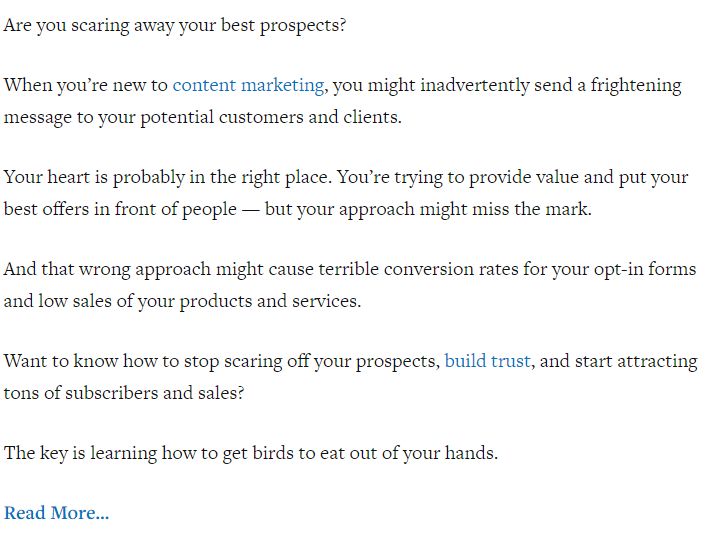
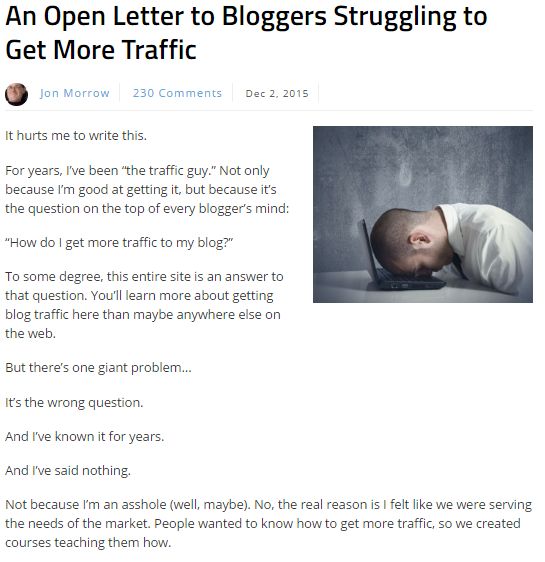

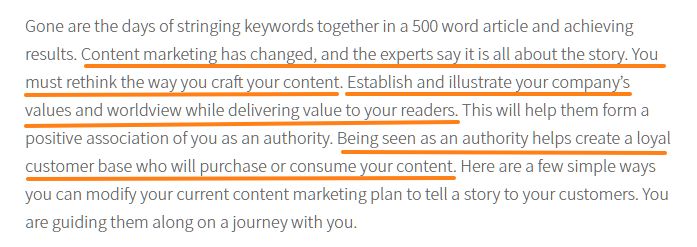
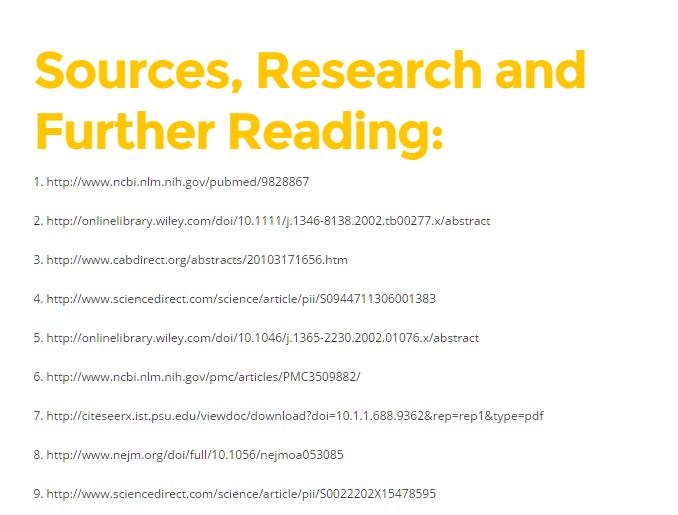
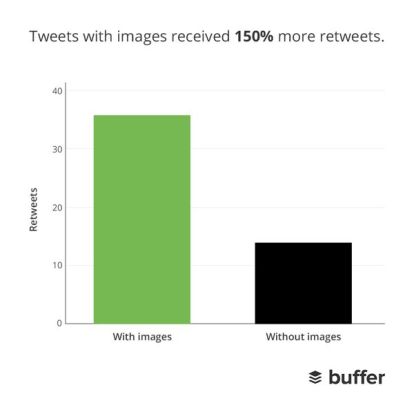
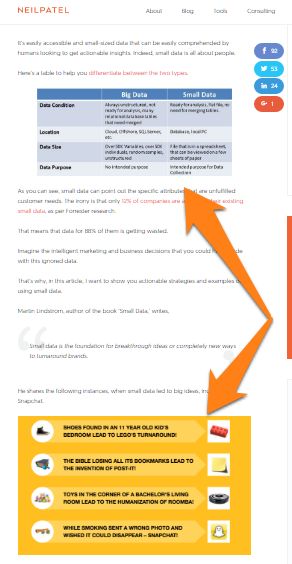

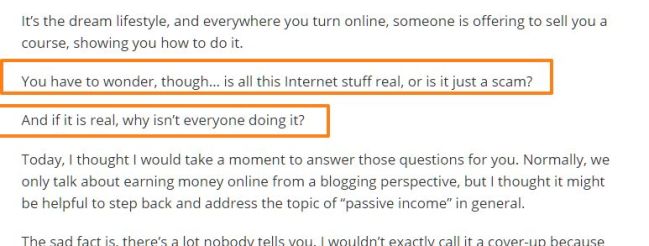


10) Write for humans, not search engine bots.
11) Avoid shallow content.
12) Don’t believe any “guru” who says you have to write a blog post every week/day/hour/minute. Write only when you have something worthwhile to say.
(To achieve those three tactics, emulate this blog post.)
Excellent points, Michael.